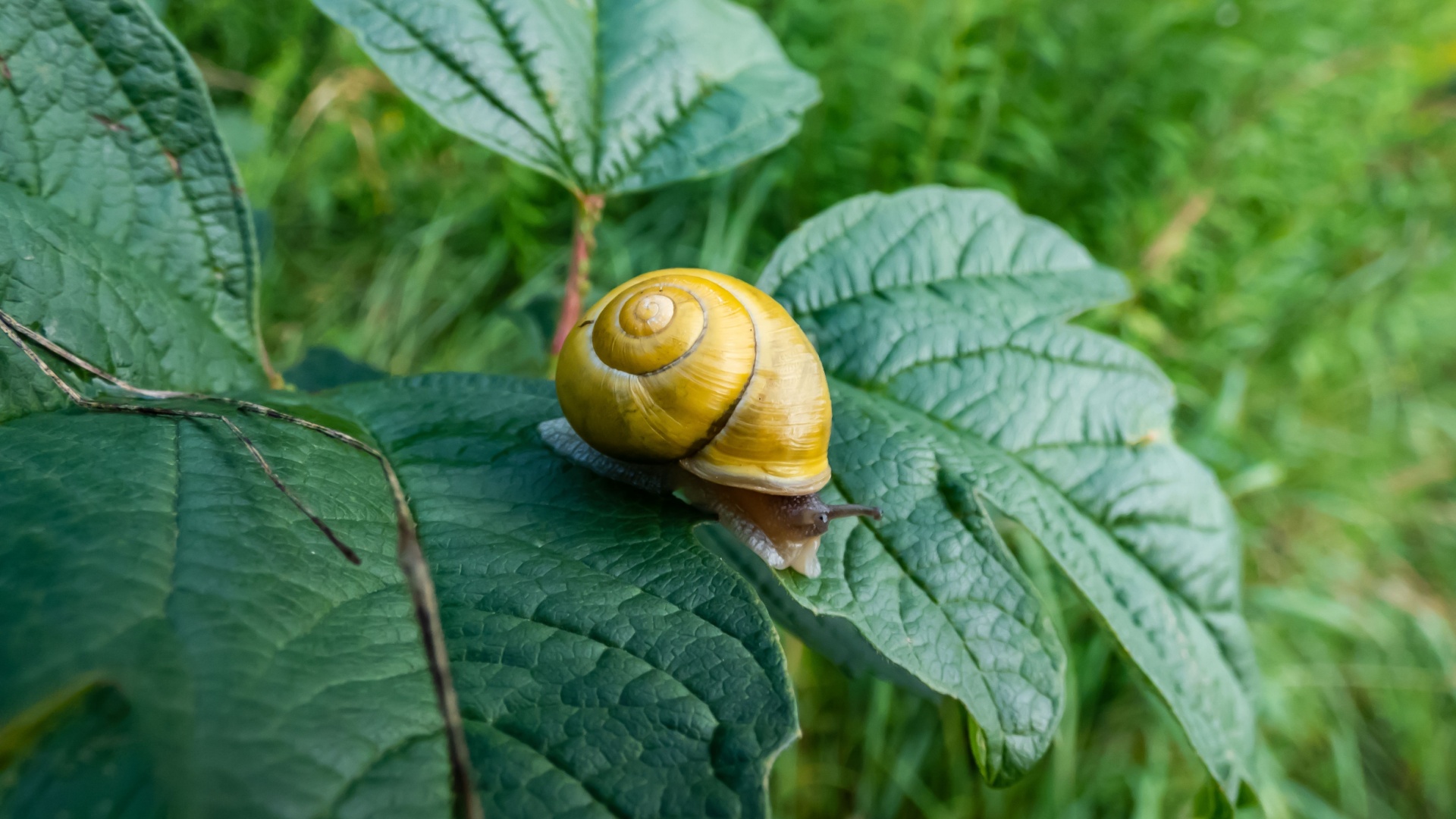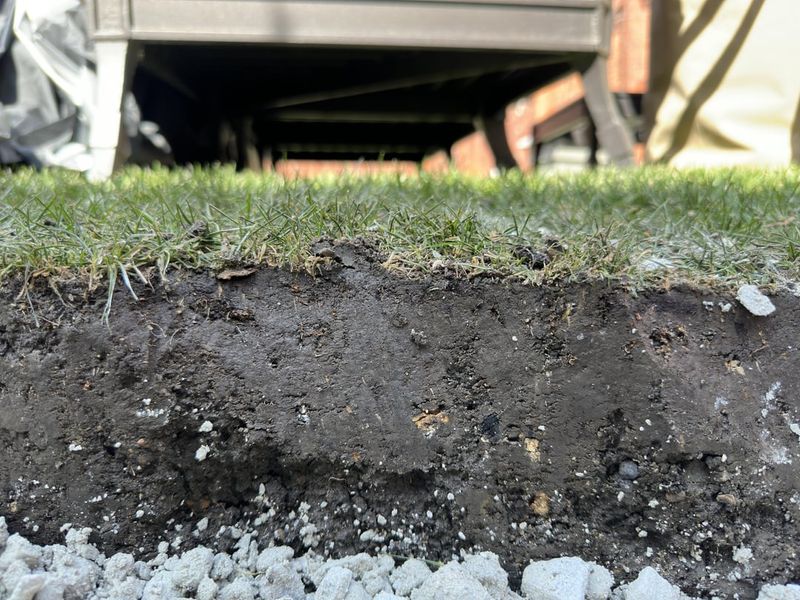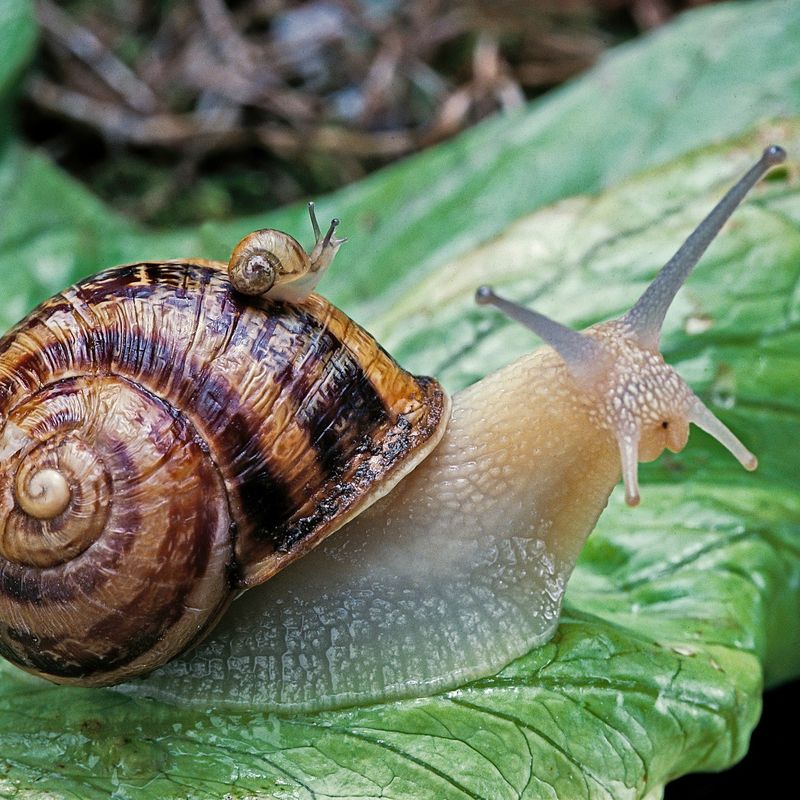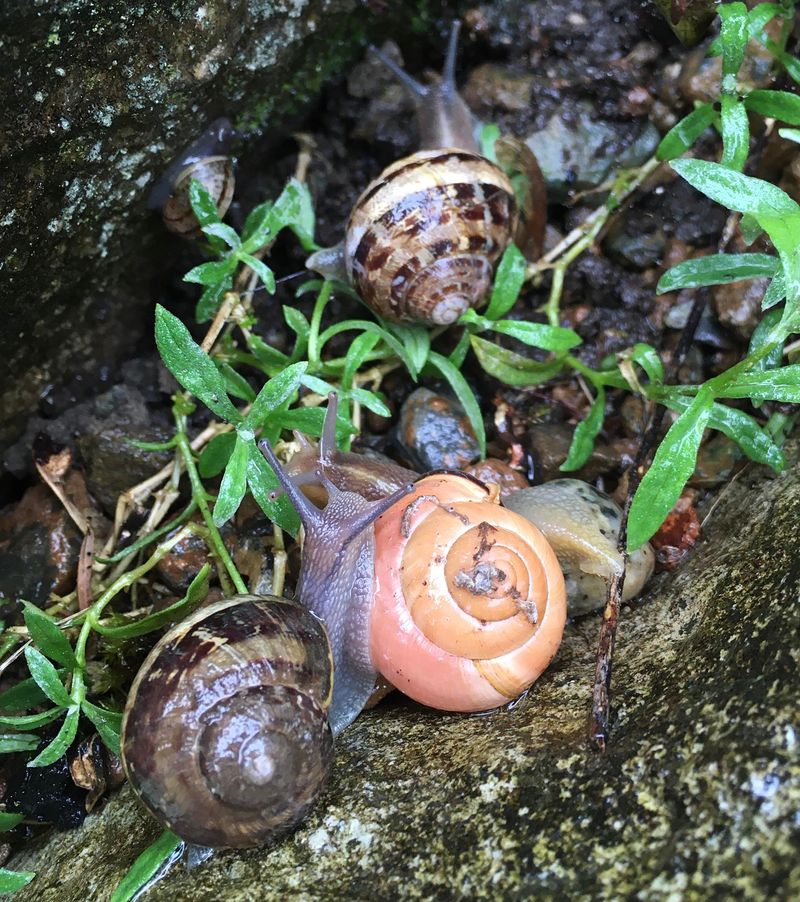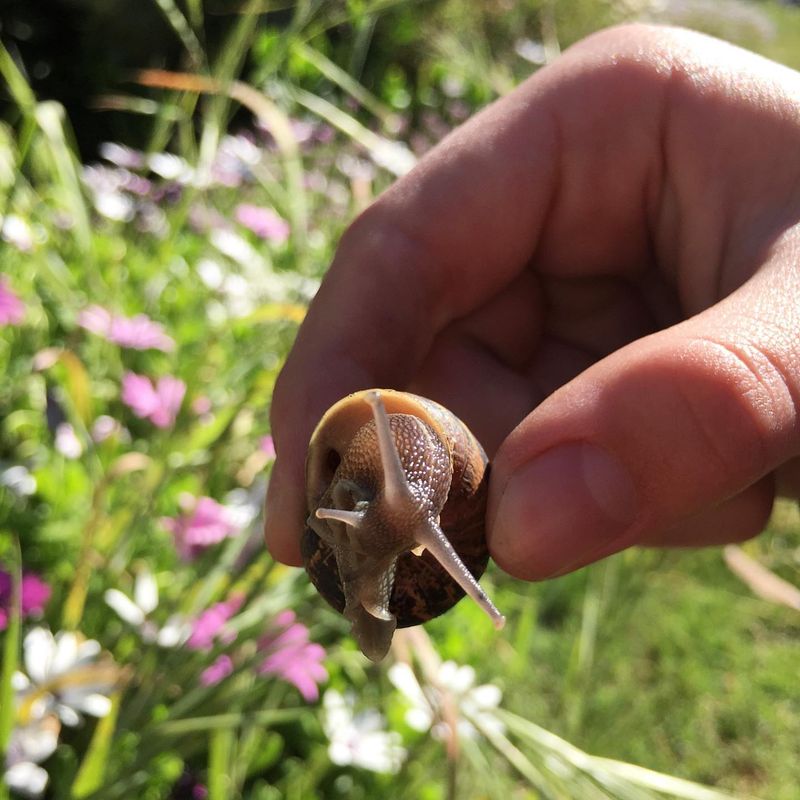Snails might seem like slimy pests—but they’re not always the villains of the garden. Before you reach for the salt or slug bait, consider this: snails play a surprisingly important role in your yard’s ecosystem.
From soil health to pollination support, these 16 reasons might just make you change your mind about these slow-moving garden guests.
1. Natural Soil Aerators
Snails constantly move through soil, creating tiny tunnels as they search for food and shelter. These pathways allow air, water, and nutrients to penetrate deeper into the ground.
Your plants benefit from this natural aeration process without any work on your part. The improved soil structure helps roots grow stronger and absorb nutrients more effectively.
Think of snails as tiny, free landscapers working behind the scenes to keep your soil healthy and loose instead of compacted and hard.
2. Decomposition Specialists
Garden snails munch on dead plant material, breaking down leaves, stems, and other garden debris that would otherwise pile up. Their digestive systems transform this waste into nutrient-rich matter.
As they process decaying vegetation, snails speed up the natural decomposition cycle. This recycling service returns valuable nutrients to your soil faster than would happen naturally.
Many gardeners pay good money for compost, but snails provide a similar service for free, working diligently day and night.
3. Calcium Cyclers
Snail shells are primarily made of calcium carbonate, the same material found in limestone and chalk. When snails die, their shells break down slowly, releasing this calcium back into your soil.
Plants need calcium to develop strong cell walls and healthy growth. Without enough calcium, you might see problems like blossom end rot in tomatoes or bitter pit in apples.
The slow-release calcium from snail shells acts like a natural, long-lasting soil amendment that benefits calcium-loving plants in your garden.
4. Food Source for Wildlife
Snails serve as an important food source for many backyard visitors. Birds like thrushes and blackbirds, along with toads, frogs, and certain beetles, feast on these protein-packed morsels.
By maintaining a snail population, you’re supporting a wider food web in your yard. This diversity of wildlife brings natural pest control benefits as these creatures also eat other garden pests.
A garden with healthy predator-prey relationships tends to have fewer pest outbreaks and better overall ecological balance.
5. Natural Indicators of Garden Health
Snail populations can tell you a lot about your garden’s condition. A sudden explosion in snail numbers often signals excessive moisture or mulch that’s too thick.
Rather than just killing them, use their presence as information about what might need adjusting in your garden care routine. They’re like living sensors for your yard’s environmental conditions.
By observing when and where snails appear, you can make smarter decisions about watering schedules, mulching practices, and plant selection for trouble spots.
6. Slug Control Partners
While this might sound strange, some snail species actually compete with slugs for food and habitat. The presence of certain snails can help keep more destructive slug populations in check.
Garden slugs typically cause more plant damage than snails do. The shell-less pests are often more aggressive eaters and reproduce more quickly than their shelled cousins.
By maintaining a balanced snail population, you’re employing nature’s own method of keeping the more problematic slug numbers from exploding out of control.
7. Educational Opportunities for Kids
Snails make fascinating subjects for children to observe and learn from. Their slow pace makes them easy to watch, and their unique biology offers plenty of learning moments.
Kids can discover how snails use their radula (tongue-like organ) to scrape food, how they retract into their shells when threatened, and how they leave slime trails as they move.
These backyard creatures provide hands-on science lessons about adaptation, locomotion, and life cycles without requiring any special equipment or field trips.
8. Weed Seedling Consumers
Snails have a particular fondness for tender young seedlings, which includes many weed species before they become established. They often munch on these unwanted plants before they can take root in your garden.
While they don’t completely eliminate the need for weeding, snails can reduce the number of weed seedlings that successfully grow. This natural weeding service works continuously, day and night.
The trick is finding balance – protecting valued seedlings while allowing snails to help with unwanted ones in less sensitive areas of your yard.
9. Algae and Mold Cleaners
Many garden snails feed on algae, mold, and fungi that grow on hard surfaces around your yard. They help keep patios, garden walls, and even plant pots cleaner by consuming these growths.
Without this cleaning service, you might need to scrub or power wash these surfaces more frequently. Snails work their way into cracks and crevices that would be difficult to clean otherwise.
This feeding behavior is especially beneficial in damp, shady areas where algae and mold tend to accumulate quickly after rainy periods.
10. Pollination Helpers
As snails move from plant to plant, they sometimes carry pollen on their bodies. While not as efficient as bees or butterflies, they do contribute to the pollination of certain low-growing plants.
Their slow, methodical crawling ensures thorough contact with flowers they visit. This can be especially helpful for plants that bloom close to the ground or in damp, shady areas where flying pollinators are less common.
Every bit of pollination helps in a garden ecosystem, and snails play their modest part in this critical process.
11. Chemical-Free Gardening Ally
Managing snail populations naturally encourages chemical-free gardening practices. Instead of reaching for potentially harmful molluscicides, you learn to work with nature’s systems.
Methods like hand-picking, creating barrier zones, or introducing natural predators become part of your gardening toolkit. These approaches protect beneficial soil organisms that chemical controls might harm.
Over time, this gentler approach leads to a more resilient garden ecosystem that depends less on outside interventions and more on natural balance.
12. Soil pH Balancers
Snail mucus contains compounds that can help neutralize soil acidity over time. As snails glide across your garden, their slime trails deposit these substances into the soil.
Many plants prefer slightly acidic to neutral soil conditions. In gardens with naturally acidic soil, the lime-like compounds from snail activity can help move the pH closer to neutral.
This pH balancing effect is subtle but accumulates over time, potentially reducing the need for lime applications in naturally acidic garden areas.
13. Microhabitat Creators
Snail activities create tiny microhabitats that benefit other beneficial organisms in your garden. Their mucus trails provide food for certain bacteria and fungi that contribute to soil health.
The small spaces they create while moving through mulch or soil offer shelter for beneficial insects like predatory beetles. These natural enemies help control other garden pests.
Even empty snail shells become miniature homes for small beneficial insects after the snail’s life cycle ends, continuing to serve the garden ecosystem.
14. Natural Lawn Aerators
Snails that travel across lawns help create tiny air channels in the soil beneath the grass. Their movement patterns break up compacted areas, especially in yards with heavy clay soils.
Grass roots need oxygen to thrive, and these natural aeration channels help air reach deeper into the soil. Better aeration leads to stronger root systems and more drought-resistant turf.
Unlike mechanical aerators that you might rent or buy, snails work continuously throughout the growing season at no cost to you.
15. Pest Insect Egg Consumers
Many garden snails include insect eggs in their diet, potentially reducing populations of certain pest species before they hatch. They’re particularly fond of soft-bodied insect eggs laid in soil or on plant surfaces.
While not a complete pest control solution, this egg predation adds another layer of natural balance to your garden. Every pest egg consumed means one fewer pest to deal with later.
This behavior highlights how complex garden ecosystems function best with diverse creatures fulfilling different roles.
16. Biodiversity Supporters
A garden with snails is simply more biodiverse than one without. These mollusks represent an entire branch of the tree of life that would otherwise be missing from your yard’s ecosystem.
Greater biodiversity generally leads to more stable and resilient gardens. When multiple species occupy different niches, the system becomes less vulnerable to disturbances like disease outbreaks or weather extremes.
Embracing snails as part of your garden community acknowledges the value of all creatures in creating a thriving outdoor space.

